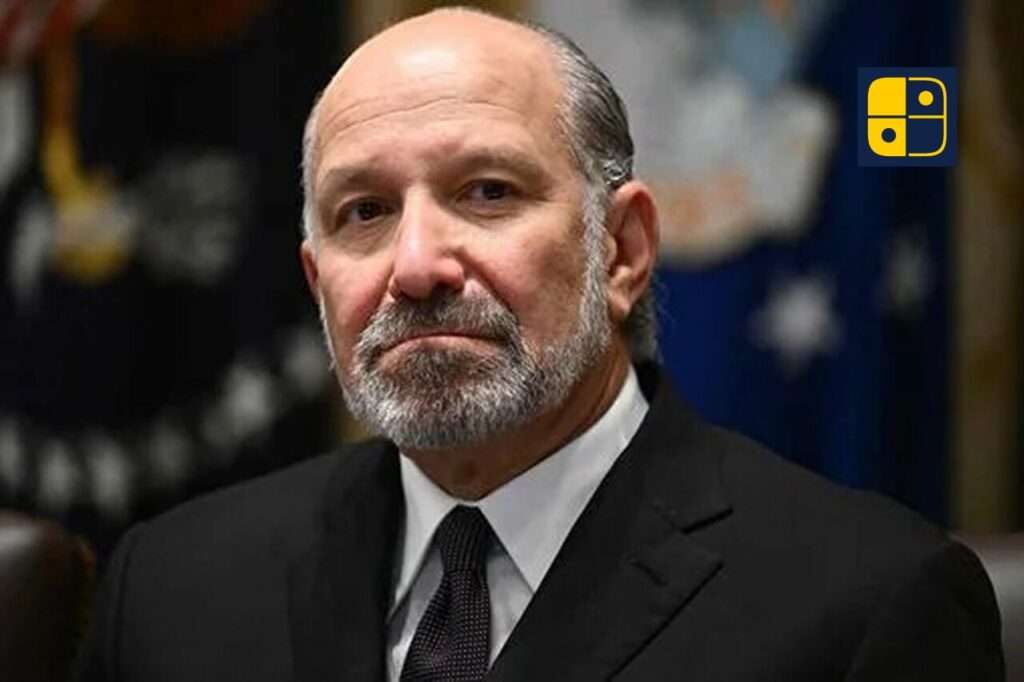The latest remarks by U.S. Commerce Secretary Howard Lutnick, asserting that Washington must “fix India” and that New Delhi should open its markets and “react correctly” to American interests, mark a sharp turn in bilateral trade rhetoric. The statement follows the Trump administration’s sweeping tariff measures imposing a cumulative 50 per cent duty on Indian exports, first through a 25 per cent “reciprocal” levy and then an additional 25 per cent penalty tied to India’s continued purchase of Russian crude.
Framing the United States as the “consumer of the world,” Lutnick argued that any country aspiring to sell in the U.S. market must align with the strategic priorities of the American President. The message underscores Washington’s intent to wield its market access as leverage to extract policy concessions, not only from adversaries but also from key partners like India.
It is more complex path for New Delhi. Tariff protections, agricultural safeguards, and diversification of energy imports remain central to India’s developmental and strategic autonomy. While Indian officials have described ongoing trade discussions as “positive” and “forward-looking,” they have been equally firm in resisting unilateral concessions. The unfolding standoff is thus more than a tariff dispute; it is a test of whether India can balance sovereign policy choices with the demands of a dominant trading partner.

